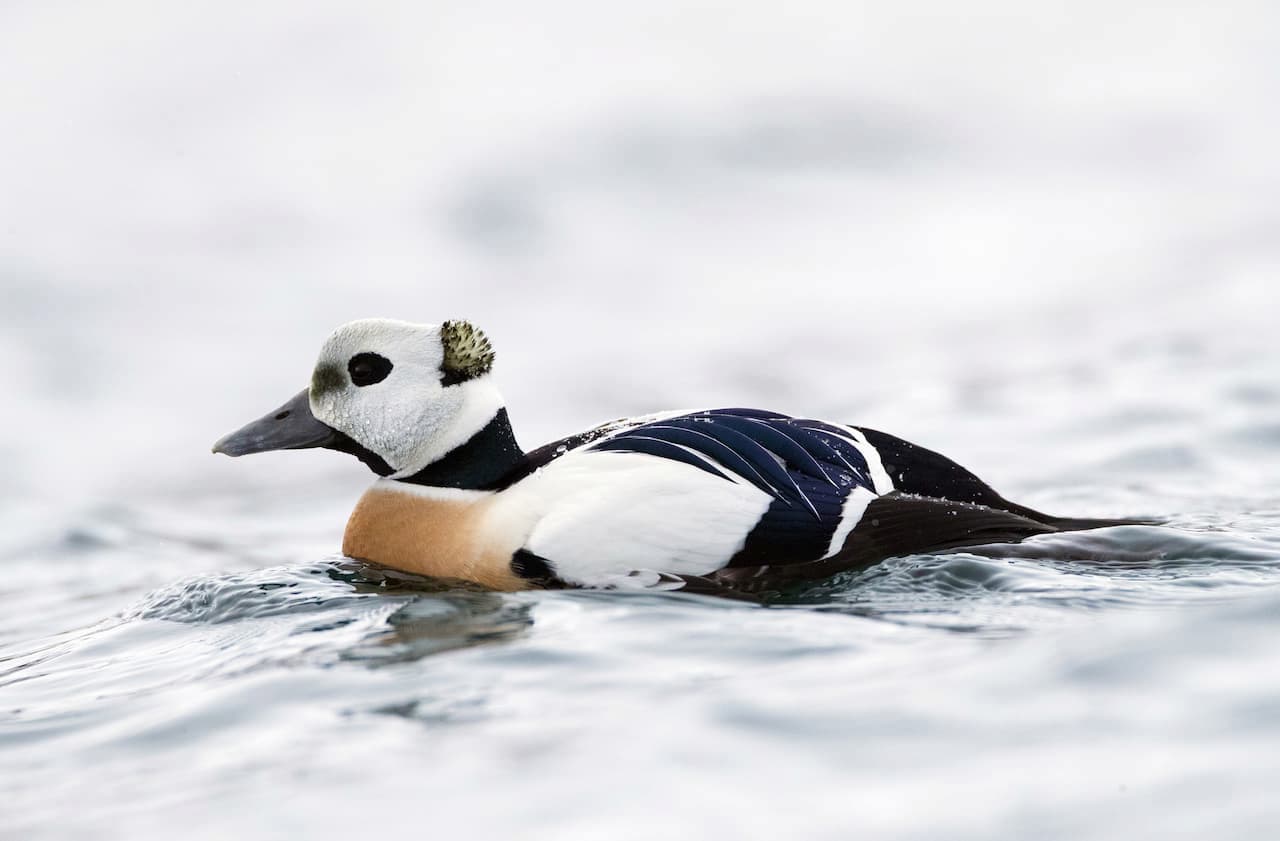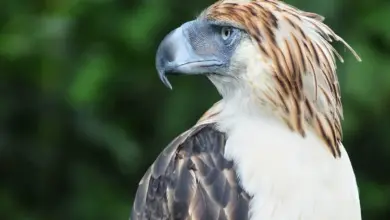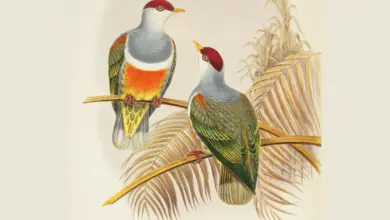The Bird plumage refers to the layer of feathers covering a bird’s body. The plumage is complex and highly specialized, serving various critical functions related to insulation, waterproofing, flight, camouflage, communication, and climate adaptation.
The size, shape, texture, color, and patterning of feathers have evolved to meet the lifestyle needs of different bird species.
In this article, we will explore the intricacies of bird plumage and its importance for avian survival. There is tremendous diversity in bird plumage, spanning sizes, forms, textures, and colors.

Diversity in Bird Plumage Across Species
There is tremendous diversity in bird plumage, spanning sizes, forms, textures, and colors. Species exhibit specialized plumage tailored to their lifestyles – from the dense, waterproof plumage of swimming birds to the cryptically patterned plumage of ground-nesting birds.
Tropical species display some of the most vibrant and striking plumage. Yet even within a single bird species, plumage can vary between breeding and non-breeding seasons. Understanding this diversity provides a window into avian biology.
Types of Bird Plumage
Breeding Plumage: Characteristics and Functions
Breeding plumage refers to the often elaborate and colorful feathers grown during mating seasons to attract mates and signal fitness.
Males utilize bright colors, long ornamental feathers, crests, and bold patterns. This breeding finery advertises the male’s genetic quality and guides mate selection. Drabber female breeding plumage enables camouflaged nesting.
Non-breeding Plumage: Understanding Seasonal Changes
Non-breeding plumage refers to a more cryptic set of feathers grown outside of mating seasons.
Shedding bright breeding plumage allows birds to blend into their environments and avoid predator notice during parts of the year when mating displays are not a priority. Energy spent on muted non-breeding plumage may also help birds conserve calories during winter when food is scarce.

The Role of Plumage in Bird Conservation
Unique species-specific plumage enables observers to identify bird species in the field for tracking populations and behaviors. Recording plumage characteristics aids conservation efforts by providing data to protect threatened and endangered birds.
Plumage abnormalities may signal broader environmental issues. Areas with high pollution may correspond to increased irregularities in wild bird feathers. Monitoring pollution impacts on plumage can inform habitat restoration priorities.
The Science Behind Bird Plumage
Feathers have a complex structure of interlocking barbs and barbules stemming from a central shaft. Melanin pigments generate black, brown, reddish, and gray colors. Carotenoid pigments produce warm hues. Iridescent colors result from tiny structures scattering specific light wavelengths. Pigment combinations create metallic and multi-hued feathers.
Molting is the periodic shedding and regrowth of feathers. Songbirds have an annual complete molt, while others molt gradually year-round.
Hormones trigger molting based on seasonal cues. The process requires extra nutrition to support rapid regrowth. This renewal maintains plumage in good condition.
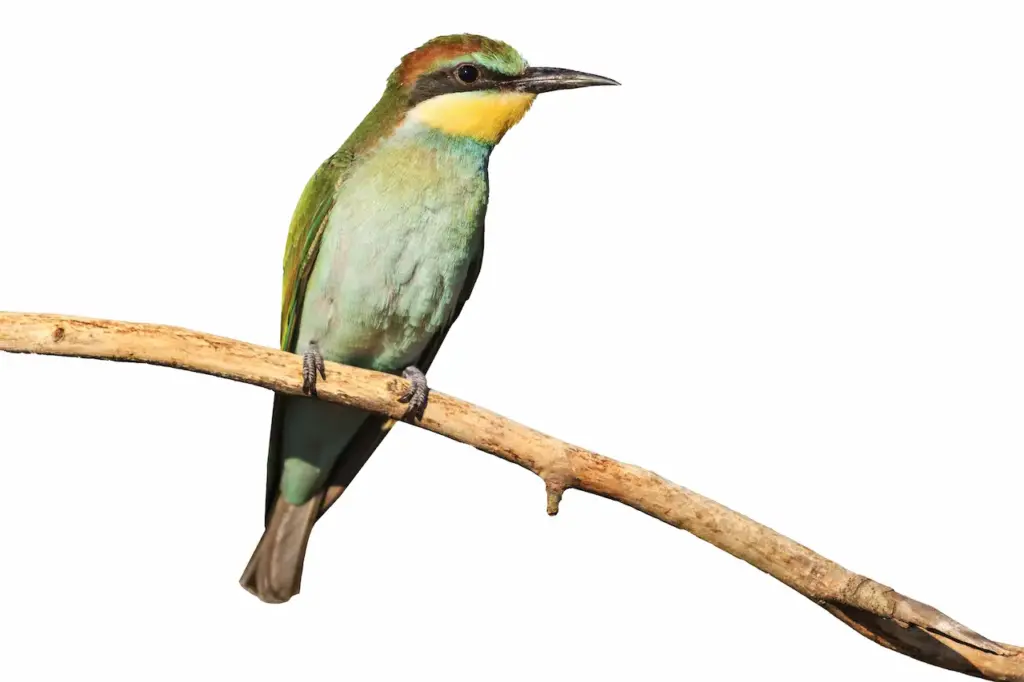
Why Do Birds Have Different Plumages?
Birds have evolved specialized breeding and non-breeding plumages as adaptations to balance competing survival needs throughout the year.
During mating seasons, vibrant breeding plumage enables visual courtship displays that attract mates and signal fitness. Males, in particular, utilize bright colors, long ornamental feathers, crests, and bold patterns to stand out, attract females, and compete with rival males.
This breeding finery advertises the male’s genetic quality and health when reproduction is the priority.
At the same time, more cryptic non-breeding plumage provides camouflage from predators and prey that aids survival during parts of the year when finding mates is not a concern.
By molting between attention-grabbing breeding plumage and subdued non-breeding plumage, birds achieve the best of both worlds – they can visually flaunt their desirability in one season and then blend safely into their environments in another.
The differences relate to whether the driving force is reproduction or survival at a given time of year. Additionally, muted non-breeding plumage may enable energy savings during seasons when food is scarce, allowing birds to get by on fewer calories.
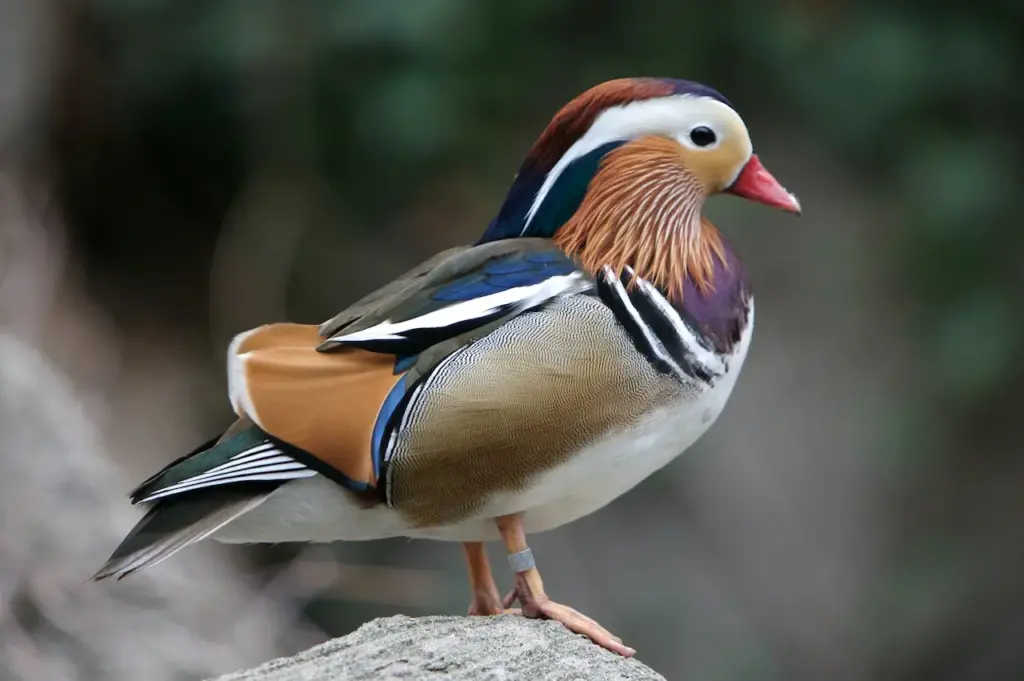
Feather Anatomy – The Complex Structure of Feathers
Individual feathers have a complex anatomy with multiple parts working together to create an interconnected surface. Each part serves essential roles:
Shaft – Sturdy Support Structure
The central shaft or rachis runs longitudinally up the middle of the feather, providing structural support for its shape like a spine. This sturdy vein gives strength and rigidity.
Vane – Interlocking Surface Area
Thin vanes made of barbs and barbules branch off sideways from the central shaft. These interlock through fine hooks, creating a unified vane surface. The vanes provide insulation and airflow surfaces for flight.
Calamus – Anchor Point in Skin
The hollow calamus section attaches the feather to the bird’s skin. It sits embedded in a follicle in the dermal layer. Muscles at the follicle allow the bird to control feather movements and positioning.
After feather – Insulating Down Layer
After feathers are smaller, downy feathers found at the feather’s base. Also called plumulaceous feathers, these provide insulating warmth at the skin surface.

Feather Types – Specialized Structure for Function
Birds have tailor-made feathers filling different ecological roles:
Flight Feathers – Precision Airfoils
The large asymmetric flight feathers of the wings (remiges) and tail (rectrices) provide thrust, lift, braking, and steering. They have stiff central shafts and broad vanes engineered for airflow dynamics.
Body Feathers – Insulation and Waterproofing
Smaller body feathers called coverts cover and insulate the bird’s skin for warmth and waterproofing. They come in soft, downy forms near the skin or as smooth overlays.
Filoplumes – Sensory Receptors
Hair-like filoplumes are sensory receptors conveying position info to the bird about wing angles and feather placement for precision flight control.
Bristles – Protection and Touch Sensors
Stiff bristles around the eyes, beak, and nostrils protect those areas. They also may have a sensory function similar to whiskers.
Powder Down – Waterproofing and Conditioning
Some species have specialized powder-down feathers that continuously grow, then break down at the tips into an ultra-fine, oily powder that helps condition and waterproof the plumage.
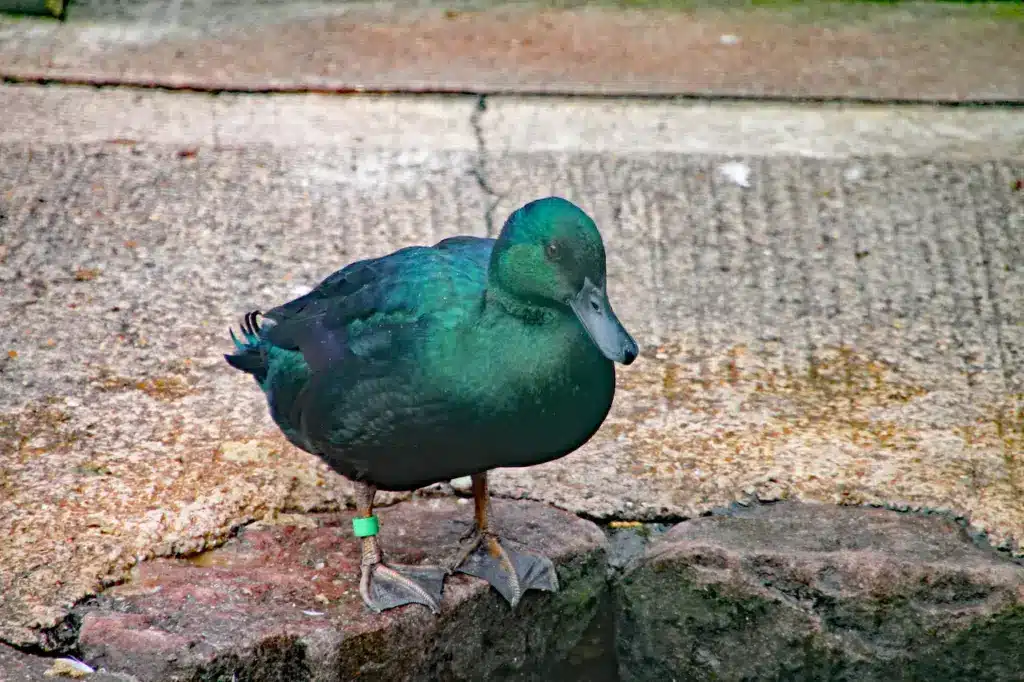
Plumage Colors – Pigments and Structural Optics
Bright and metallic colors in bird plumage stem from pigments as well as the microscopic structure of feather cells:
Pigments – Melanins and Carotenoids
Melanin pigments produce black, brown, reddish-brown, gray, and tan colors. Carotenoid pigments obtained from food create vibrant yellows, oranges, and reds.
Structural Colors – Tiny Light Reflectors
Tiny nanoscale structures in feathers reflect specific wavelengths of light. This produces iridescent greens, blues, and violets.
Combinations – Metallic and Iridescent Effects
Melanin and structural colors combined in one feather create striking iridescent feathers with gleaming copper, bronze, and gold metallic looks.
Molting Process – Renewing Worn Feathers
Molting is the process where birds periodically shed old, worn feathers and grow fresh, new ones. This maintains plumage in good aerodynamic, insulative, and waterproof condition. Songbirds have one complete annual molt in late summer after breeding finishes, replacing all feathers sequentially over several weeks.
The timing coincides with declining food needs. Seabirds, birds of prey, and others molt gradually, shedding only a few feathers at a time continually over the whole year. This avoids impairing flight performance.
Changing day length and hormone levels trigger molting. Specialized breeding feathers may also be switched in preparation for mating rituals. Molting is energetically expensive as feathers regrow rapidly.
Birds need extra food resources during this taxing regeneration period. In many bird species, males and females have markedly different plumage. This sexual dimorphism visually establishes gender differences and reinforces courtship roles:
Female plumage is often dull brown, gray, or green to provide camouflage while incubating eggs in the nest. Drabness keeps her hidden from predators. Male plumage utilizes bold colors and dramatic patterns to attract females and intimidate mating rivals.
Visual brilliance advertises the male’s fitness. Distinctive plumage also fortifies species recognition, such as the female cardinal’s muted brown versus the male’s signature red.
Bigger feather ornaments like crests, trains, and tail plumes signal males’ social dominance over competitors. Their length and symmetry indicate quality.

Non-Breeding Plumage – Seasonal Camouflage Needs
Non-breeding plumage refers to a duller alternate set of feathers grown outside the mating season. This cryptic plumage provides camouflage benefits at times when mating displays are not a priority. Non-breeding feathers have subdued versions of breeding colors with reduced intensity, contrast, and patterning.
The drab earth-tone appearance of non-breeding plumage allows birds to better match their surroundings to avoid predator and prey detection during the non-courtship months.
Special feathers used for breeding displays, like elongated tail feathers, crests, and ruffs, are much smaller and less colorful. The theory suggests duller non-breeding plumage may help conserve calories during cold weather when food is scarce by eliminating showy colors.
Balancing Competing Needs – Survival Strategies
The breeding and non-breeding plumage strategies balance key tradeoffs between attracting mates and avoiding hazards: During breeding, bright, elaborate plumage helps males catch the eyes of females and repel male competition as they visually flaunt fitness.
When breeding ends, cryptic plumage offers vital camouflage to hide from predators and prey, conferring a protective advantage during winter scarcity.
By switching between showy breeding and camouflaged non-breeding plumage, birds achieve the best of both worlds at the right life stages.
Growing less colorful winter feathers may require fewer calories, allowing birds to get by on winter food budgets.
Developing Breeding Plumage – Hormonal Regulation
Increasing daylight stimulates hormonal shifts that induce the flashy breeding plumage:
Light signals prompt a pre-breeding molt from cryptic to colorful feathers. Fresh, vibrant plumage grows in.
Reproductive hormones increase the production of brighter pigments like melanin and carotenoids.
Longer specialized feathers for crests, plumes, trains, and tails develop under hormonal control.
Full, intense breeding plumage emerges sequentially over several weeks or months, eventually peaking in color vibrancy.
As hormone levels later decline, the brilliant colors are not replenished, gradually fading over the breeding season through feather wear.
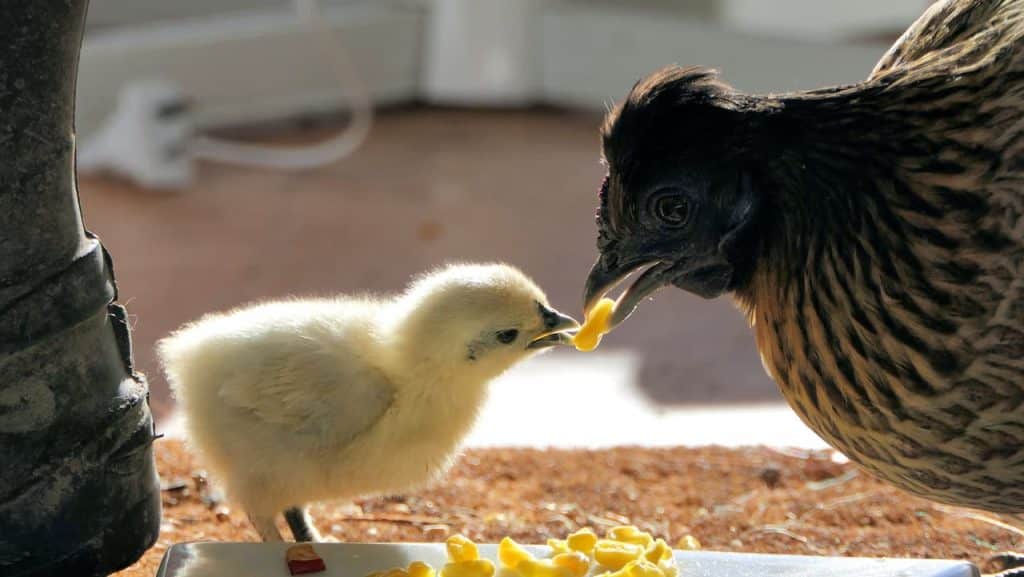
Plumage Mimicry and Camouflage – Digital Feather Deception
Some bird species utilize illusory plumage strategies to mimic other species or blend into environments.
Non-poisonous species may mimic the warning color patterns of toxic species to fool predators into avoiding them.
Feathers colored and marked to closely match the predominant background help camouflage stationary, perched birds.
High contrast patterns function to break up a bird’s outline, making it harder to recognize body shape.
Dark upper parts and light underparts disguise shape and depth, hiding 3D form in the shadows through countershading principles. Some species have bright plumage flashes visible only during flight. These may confuse predators about the bird’s trajectory.
Caring for Feathers – Preening and Bathing
Good plumage is vital for thermoregulation, waterproofing, flight, and display. Birds use specialized behaviors to maintain feathers. Birds use their beak to rub feathers, redistributing oils that condition and protect feathers while realigning barbs for a smooth surface.
Bathing in dust absorbs excess feather oils. The dust also helps remove parasites that can degrade feathers. Spreading wings to the sun kills feather mites and bacteria that can damage feather integrity and cause infections.
Bathing in water rinses off dirt, skin secretions, and other debris that can degrade feather performance. Some species actively rub insects on feathers to utilize insect secretions’ beneficial antimicrobial and anti-parasitic effects.
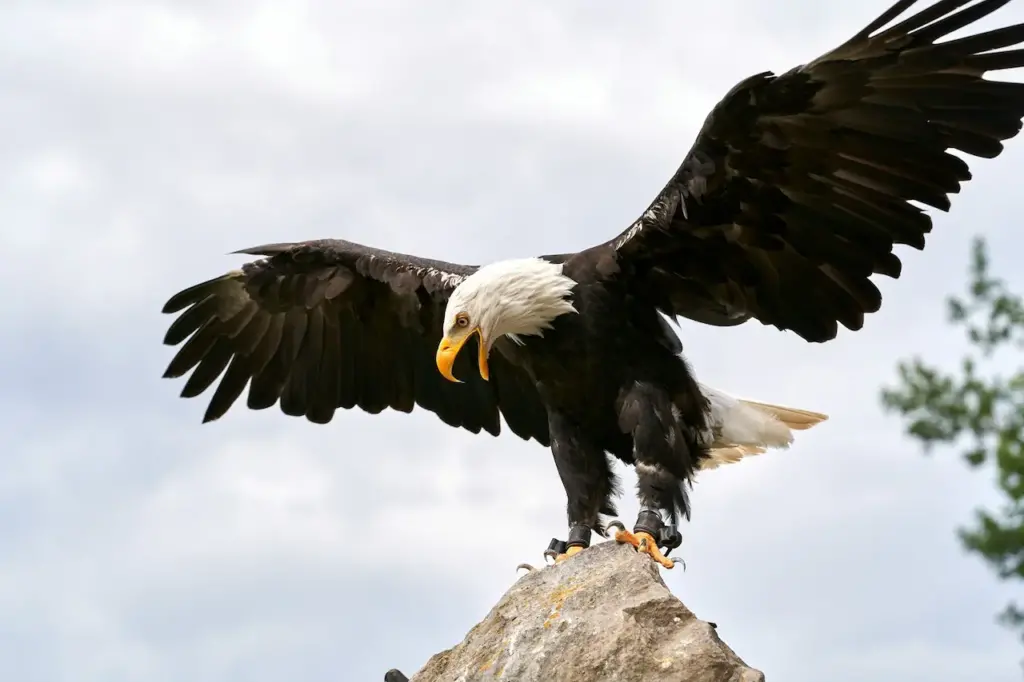
Impacts of Plumage on Bird Behavior
A bird’s plumage characteristics significantly influence aspects of their behavior in the wild. Plumage adaptations shape mating rituals, territorial displays, flocking habits, and migration patterns.
For instance, male birds with especially elaborate breeding plumage often develop ritualized courtship behaviors that showcase their decorative feathers to visiting females.
Examples include the bobbing dances of birds of paradise and the strutting displays of peacocks fanning their ornate trains. These ritualized moves maximize the visual impact of plumage features that developed under mate selection pressures.
Meanwhile, cryptically colored non-breeding plumage allows birds to safely congregate in large mixed flocks in winter without attracting predator attention. Bold tropical plumage must be shed to enable migrating birds to move inconspicuously between summer and wintering grounds where camouflage is crucial.
The hyper-territorial behavior some brightly colored tropical birds exhibit likely evolved to counteract the visual threat their eye-catching plumage presents.
In these examples, natural selection has tailored plumage characteristics to enable associated behavioral adaptations over time. The form and function of feathers ultimately guide avian survival strategies and behavior.
Threats to Bird Plumage
Various natural and anthropogenic threats can damage the plumage condition of wild birds. Parasites like lice, mites, and bird fleas can infest feathers and irritate the skin if infestations become severe, potentially lowering mating success. Bird plumage may also become fouled by environmental pollutants like oil spills or waste.
Captivity presents risks, including small enclosures abrasively wearing feathers and preventing birds from properly preening and spreading wings.
Chronic stress can disrupt molting rhythms. Feather picking and other mutilation may stem from anxiety or malnutrition. A lack of full spectrum lighting also denies birds the dietary vitamin D required for growing healthy plumage.
Habitat losses and climate change may also degrade plumage over time. As environments change, the camouflaging match between plumage colors and the remaining habitat could decline. Predicted hotter temperatures may alter breeding cycles and molting patterns.
Protecting avian plumage health will involve addressing parasitic invasions, pollution, captive conditions, and environmental changes threatening birds worldwide. Research and conservation efforts must consider plumage vulnerabilities to support global bird populations.
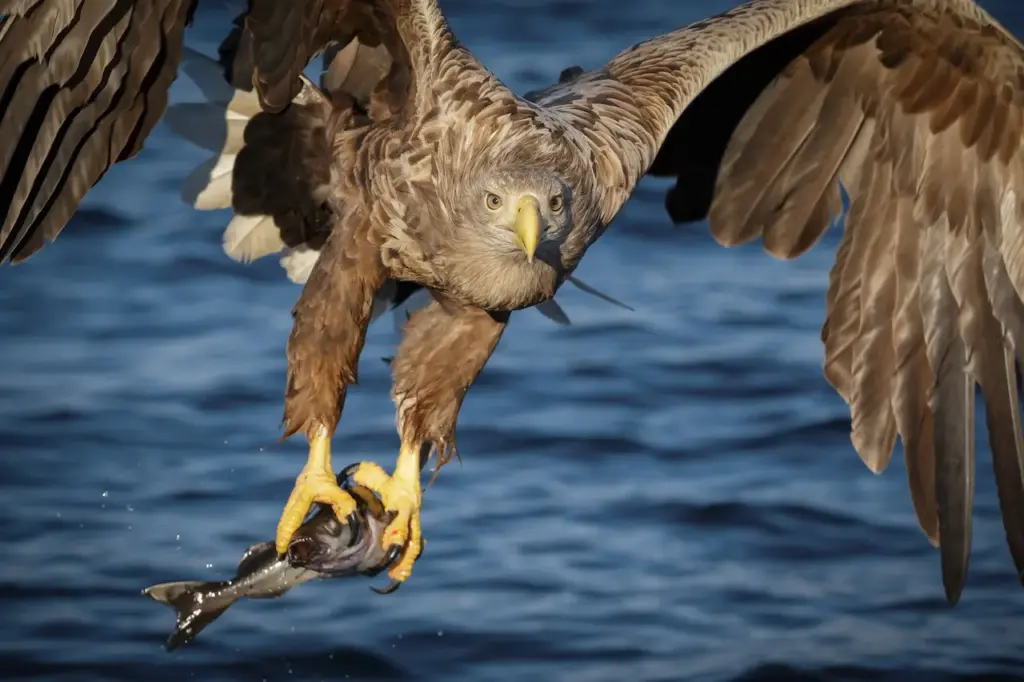
Case Studies: Birds with Striking Plumage
Peacocks: Elaborate Plumage and Mating Behavior
Male peacocks display stunning ornamental tail plumes used in competitive mating displays. Their iridescent blue-green plumage and vibrant eye-like markings on train feathers exemplify extreme sexual selection for flashy breeding plumage.
Hummingbirds: Iridescent Plumage and Feeding Adaptations
Hummingbird plumage exhibits remarkable iridescent colors that shimmer and change with viewing angle. Their specialized feathers and long bills match their small size, hovering flight, and nectar-feeding niche demands.
Impacts of Captivity – Unnatural Wear and Growth
Captive birds often develop plumage problems from the unnatural stresses of confinement.
Chronic stress can interfere with hormonal control of molt cycles, causing irregular feather replacement.
Some captive birds self-mutilate due to anxiety, malnutrition, or boredom – plucking, chewing, or over-preening feathers.
Tight cages prevent birds from properly preening, dust bathing, and spreading wings to maintain feathers.
Birds cannot adequately synthesize vitamin D without full-spectrum sunlight, which is crucial for growing strong, healthy feathers. Small enclosures lead to broken feather shafts and barbule damage from rubbing against cage bars during movements.
Conclusion
From the interlocking barbs giving feathers a unified surface to the ticked-like nanoscale structures producing iridescent greens, the plumage of birds is a true marvel of biology and evolution.
Plumage equips birds with a multifunctional coat tailored to solve the thermoregulation, aerodynamic performance, camouflage, communication, and courtship challenges central to avian survival.
Gaining a deeper understanding of the form and function of feathers provides a greater appreciation of the many adaptations that allow birds to thrive.

